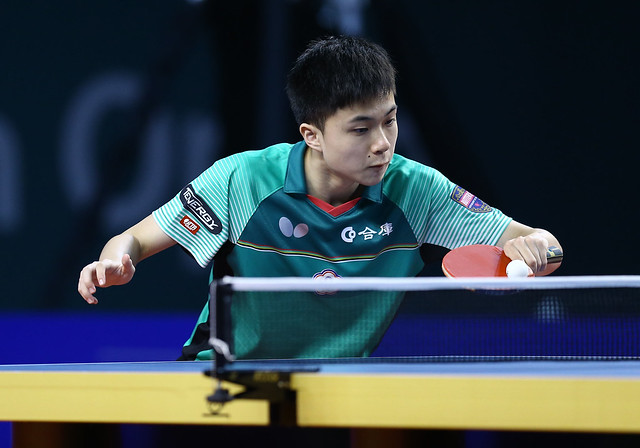by Ian Marshall, Editor
Later in the year at the Asian Games in Jakarta, there was more success; selecting the same players, bronze was secured in the men’s team event. It was he first ever medal secured by India in the table tennis events at the quadrennial gathering; the sport making its debut in 1958 in Tokyo.
Both events were major confidence boosters, injections of self-belief. Now for the prestigious group, can that form of last year be replicated in Oman?
Sathiyan Gnanasekaran, the no.4 seed and Sharath Kamal Achanta, the no.5 seed, both with ITTF World Tour titles to their credit, lead the way; Sathiyan Gnanasekaran won in Belgium in 2016, Sharath Kamal Achanta in Egypt in 2010.
Both are major contenders for honours, as they are as a partnership in the men’s doubles event; silver medallists in the Gold Coast, in Muscat they are the no.3 seeds. Somewhat similarly, Harmeet Desai enjoyed men’s doubles success in the east coast Australian city. He secured bronze in partnership with Sanil Shetty; in Oman he partners Manav Vikash Thakkar, they are the no.6 seeds.
Direct entries to the main draw in the men’s doubles competition; in the men’s singles, Harmeet Desai and Manav Vikash Thakkar alongside Amalraj Anthony must all compete in the qualification tournament.
It is the same for Mudit Dani, Siddesh Pande, Jeet Chandra, Sudhansu Grover and Utkarsh Gupta, the players who complete the Indian line up in Muscat. Progress through the qualification tournament is the first step.










